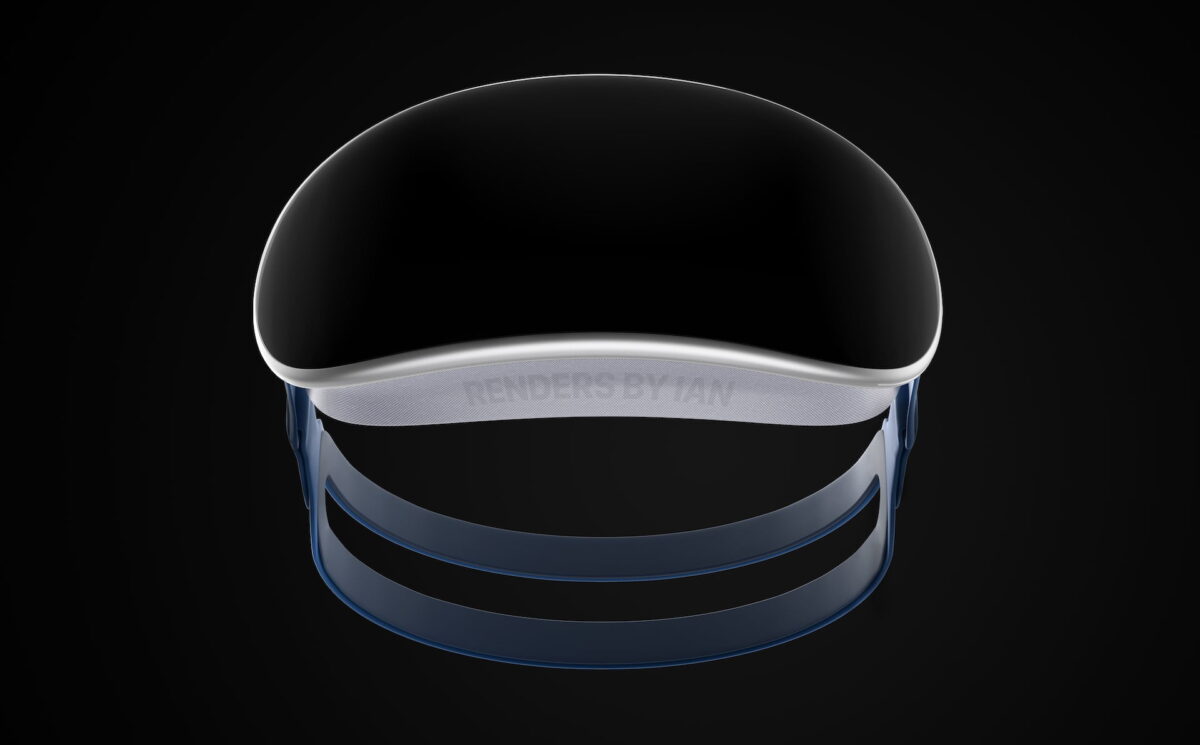Apple headset gets a new OS name - and faces another delay

- Added information from Ming-Chi Kuo on shipping.
Update December 5, 2022:
Supply chain analyst Ming-Chi Kuo expects Apple's XR headset to be delayed until the second half of 2023, according to a "recent survey" of suppliers. Kuo originally predicted the second quarter of 2023 as the start of shipments. The analyst cites "software-related issues" as the reason for the delay, but does not elaborate on what exactly is taking more time.
Suppliers affected by the delay include Largan (lenses), Genius (pancake), Cowell (cameras) and Primax (eye tracking), according to Kuo. The analyst expects Apple to ship around 500,000 devices next year. Other market forecasts would assume 800,000 to 1.2 million units.
The media event planned for January to unveil the headset could also be postponed; otherwise, there would be too much time between announcement and shipment, which would have a negative impact on sales figures.
(7/8)
The mass shipment schedule of components is still likely 1H23/2Q23, but due to postponed mass shipment schedule of the end product, Apple MR headset shipment forecast in 2023 will likely be less than 500k units, which is lower than the market consensus of 800k-1,200k units.AdAd— 郭明錤 (Ming-Chi Kuo) (@mingchikuo) December 4, 2022
Original article from December 2, 2022:
Another week, another rumor about Apple's mixed reality headset. This time, an OS name hints at potential hardware features.
Apple leaker Mark Gurman reports that the operating system developed specifically for the headset is "xrOS". Until now, the rumored name in circulation was "realityOS". The well-connected journalist refers to sources close to the company.
The "X" is likely a placeholder including both virtual reality (VR) and augmented reality (AR). The planned headset is reportedly capable of both display modes. The new name of the operating system probably refers to this fact and could indicate how Apple will market the device.
Gurman further reports that a company called "Deep Dive" has applied for trademark rights for "xrOS" in several countries, including the US. The journalist suspects that Apple is behind the application and xrOS could become the official product name.
It's Apple's turn
Apple's headset has had a long and difficult development. The operating system alone has been worked on for seven years, Gurman writes.
According to his sources, the market launch is still scheduled for 2023. Supply chain specialist Ming-Chi Kuo also assumes a launch in 2023. According to the latest report, the headset will go into mass production in March. However, only Apple knows if and when it will really be released after all these years and postponements.
The headset allegedly works similarly to the Meta Quest Pro (review). Integrated cameras capture the surroundings. High-resolution displays then show this digital reconstruction of reality. The image can then be enriched with digital elements or completely hidden for a pure virtual reality.
According to Gurman and Ming Chi-Kuo, Apple's headset could be technically ahead, with higher-resolution displays and Apple's own M2 chip. Which will be reflected in the price. Apple's first mixed reality headset is expected to cost between $2,000 and $3,000 and is likely to be marketed primarily as a developer kit.
Apple vs. Meta: The ecosystem advantage
If the analysts are right, then fierce competition between Meta and Apple is in store for the next few years. Meta curiously had its own XR operating system called XROS in development. The project was stopped at the end of 2021 due to technical hurdles. For now, Meta continues to rely on a customized version of Android - the software foundation of the Quest headsets.
In his latest report, Gurman assumes Apple is working on an unspecified 3D world, VR streaming, and health and productivity apps. The OS is also expected to offer XR versions of core apps such as Messages and Maps.
Because Apple controls the hardware and software of its ecosystem, it can more seamlessly integrate existing computing paradigms (smartphone, desktop computing) with new platforms like VR and AR - a big advantage over Meta.
Note: Links to online stores in articles can be so-called affiliate links. If you buy through this link, MIXED receives a commission from the provider. For you the price does not change.